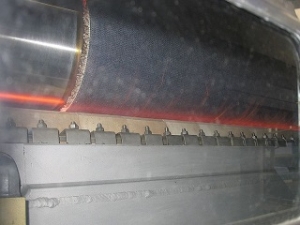
Burning operation
Cotton fabrics, because they are made of staple fibers, have a fluffy, fluffy surface, and the purpose of flossing is to remove the surface lint that protrudes from the yarn or the surface of the fabric, making it unattractive. To remove the lint, thread Are passed through a flame-like chamber so that the surface villi are burned and do not cause problems in sewing and other steps.If these villi remain in the dyeing, they absorb more dye and make the surface of the product thicker. Burning also plays a key role.In general, brazing is done for fabrics that need to be completed with a glossy surface.Before brazing, the fabric is brushed and machined, in which the surface fibers of the fabric are shortened to a certain height. Burning Some vegetable impurities are also burned, which helps with the next steps, including bleaching, in which the product must have already passed through the brush and lathe machine, and an abrasive machine may be used instead. Pressing machines are of two types: 1) Pressing machines 2) Flame burning machines with hot surface. In both machines, the fabric is quickly passed in front of a hot surface or flame. The speed must be adjusted so that the surface villi are burned without damaging the product. The product must not completely lose water and be preserved. In both machines, at the beginning of the entry, the fabric is passed through a hot cylinder through which steam passes to ensure that the surface of the fabric has a uniform moisture content and to prevent it from burning. After the burn, the fabric is taken to the spark extinguisher, at which point water or water vapor may be used.
Calibration operation
Because the warp yarns are under tension and subject to a lot of oscillating motion, they are more likely to break. For this reason, linoleum is used to reduce tearing and flossing and increase efficiency. The calcareous material forms a layer of yarn surface which, due to its rigidity, prevents the ability to absorb water and the penetration of dye into the fibers. The solder used also makes the dyeing process difficult, so this material must be removed from the parpa before starting the finishing operation. Ahar consumption has two sources. If it is made of water-soluble polymers, they are removed by a simple wash in hot water, such as polyvinyl alcohol and polyacrylic polymers. If it is made of starch, it is difficult to remove it due to the insolubility of starch in water. In this case, one of the four methods of calibration should be used.
۱) Destructive method: The cheapest and oldest method in which no chemicals are used. In this method, the fabric is placed in water for 25 hours at a temperature of 25 to 40 and the bacteria in the water multiply and destroy the starch.
۲) Use of acid: The acid used in this method is hydrochloric acid and sulfuric acid, which dissolves cellulose in addition to starch. To prevent this from happening, the concentration of acid, heat and duration must be controlled.
۳) Enzyme use: Enzymes have a selective action, that is, they break down starch without damaging the cellulose that makes it up.
۴) Use of oxidizing substances: In this method, substances such as oxygenated water, sodium persulfate, sodium hypochlorite, sodium bromite and sodium chlorite and… are used.
Mercury operation
Mercerizing, named after its discoverer, John Mercer, is actually placing cotton fabrics in strong alkaline solutions such as soda, potash, lithium hydroxide, and ammonia. The discoverer of this practice accidentally found that as the profit passed through the cotton cloths, the concentration of the alkaline solution decreased and the cotton cloth found significant shrinkage. In 1290, a man named Horace Lou stretched the fabric during this operation to prevent it from shrinking, and then realized that the fabric had been given considerable transparency. This act became the basis of mercerization. Mercer operated the product at normal temperature with a gain of 55 to 65 degrees equilibrium and without tension, which resulted in: shrinkage – increase in tensile strength, increase in length to break – increase in water absorption – increase affinity for colors and react in Low temperatures.
Factors affecting mercerization
۱) Concentration of profit used (or other alkaline)
۲) Temperature
۳) The amount of traction
۴) Duration
Maximum inflation occurs at a concentration of 170 g / l and maximum transparency at a concentration of 260-300 g / l during stretching. Also, as the temperature decreases, the transparency should increase. It should be noted that due to the increase in elasticity, the transparency increases, and if the shrinkage of the product reaches zero, the transparency will be extraordinary, but the dyeing properties will decrease compared to the state in which the product is not stretched.

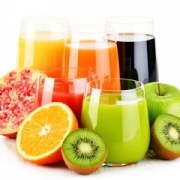

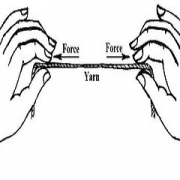
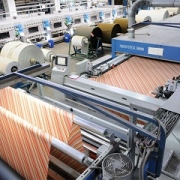
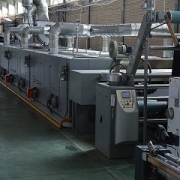

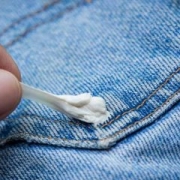
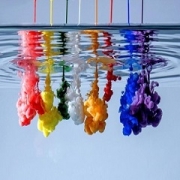


Leave a Reply
Want to join the discussion?Feel free to contribute!